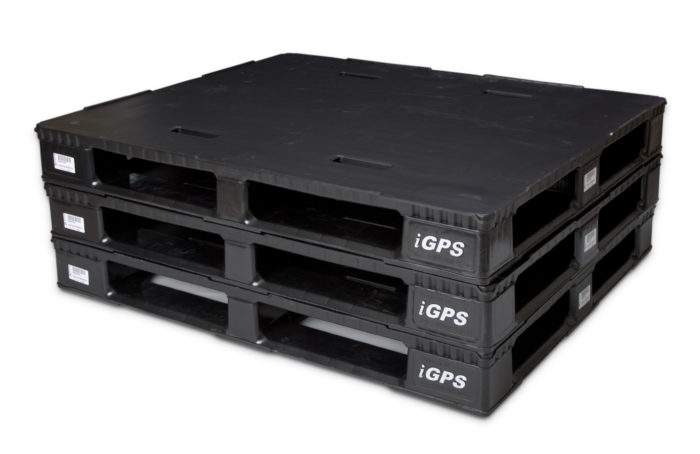Operations managers routinely look for opportunities to scale up in order to address supply chain cost reduction challenges. Scaling can allow managers to take advantage of lower rates and increased efficiencies. While this strategy can work well for large companies, small and mid-size companies are often unable to realize the benefits of scale.
Instead, small and mid-size companies have found that incremental savings across the supply chain can help them meet their own supply chain cost reduction challenges. Operations managers at these companies have eliminated redundancies and consolidated services to lower their total cost of business (TCOB) and increase both immediate and long-term savings.
5 Ways To Solve Supply Chain Cost Reduction Challenges
A recent Bain study estimates that, on average, companies spend nearly 10 percent of their revenue on supply chain costs. While these costs might seem manageable at first, they can easily represent tens of millions of dollars.
Here are some ways for small and mid-size companies to lower supply chain costs and increase their profit margin:
Lower Your Transportation Fees
Since businesses cannot always scale in order to negotiate advantageous deals, logistics managers often seek alternatives such as lowering the weight of their packaging materials.
Innovative logistics managers have also switched to plastic pallets that are up to 35 percent lighter than conventional wood pallets. On any given truck, whether full or less-than-load, those savings add up. In some cases, companies can save as much as $2.76 per pallet load.
Maximize Warehouse Space Usage
In supply chain logistics, time is money—and space is money, too. Inefficiently used warehouse space can result in unnecessary costs. Here are a few considerations that can influence the efficiency of your warehouse:
- Over-wide pathways: Lanes and pathways should be wide enough to guarantee safety and freedom of movement, but not wider.
- Lack of airspace usage: The right technology and equipment can enable companies to utilize stacking and ensure greater warehouse efficiency.
- Wasted storage: Storing pallets, packing material, or packaging isn’t profitable. By finding ways to pool plastic pallets, companies can increase profitable storage space.
Streamline Ordering Processes
The supply chain isn’t just what goes out, though; it’s what arrives, as well. The ordering and acquisition process is often chaotic since multiple departments frequently order different supplies. Disorganized ordering processes can lead to overstock, understock, and supply outages—all of which contribute to wasted storage space, as well.
There are a few ways to get ordering processes under control:
- Establish a central chain of command with cross-organizational ordering structures.
- Use one software system for requisitions.
- Encourage visibility for all people in the process.
Reduce Product Damage
Product damage increases costs across the supply chain, as damaged products must be retrieved from customers, and their replacements must be shipped.
While human error accounts for some product damage and can be reduced through effective training programs, other hidden areas of product damage must also be addressed in order to further reduce potential damages.
Hidden areas of product damage include:
- Loosely packed pallets in trucks that jostle during transport
- Splintered or cracked wood pallets that can damage packaging
- Spoilage during transfer/storage in warehouse
- Cross-contamination
By attending to these hidden causes of product damage, companies can reduce unnecessary product replacement and freight expenses.
Increase Automation
Automation reduces human error and empowers employees to perform at their highest levels. It increases employee safety while limiting the possibilities for product damage. Automation also increases efficiency and allows operations to continue seamlessly day and night. However, automation isn’t easy. And some materials, such as wood pallets, aren’t always strong enough to endure the rigors of an automated warehouse.
By restructuring warehouse space and switching to plastic pallets, companies can experience some of the increased efficiencies and cost reductions that automation offers.
 Better Supply Chain, Better Profits
Better Supply Chain, Better Profits
As discussed earlier, the average business spends nearly 10 percent of its revenue on supply chain costs. However, it should be noted that according to the same Bain study, the top quartile of businesses has been able to reduce average supply chain costs to 4.2 percent of revenue. That’s not magic.
After a thorough examination of the supply chain, those top-quartile companies implemented creative solutions to address their supply chain cost reduction challenges. They realized that not every solution required a systemic overhaul. Instead, smaller steps like switching to lightweight and durable plastic pallets resulted in immediate benefits and helped create the conditions for long-term cost savings.
iGPS rents durable, recyclable plastic pallets that can help solve supply chain cost reduction challenges. To learn more about how our pallets can reduce supply chain costs, give our team a call at 1-800-884-0225, email a specialist at switch@igps.net, or visit our contact page.



